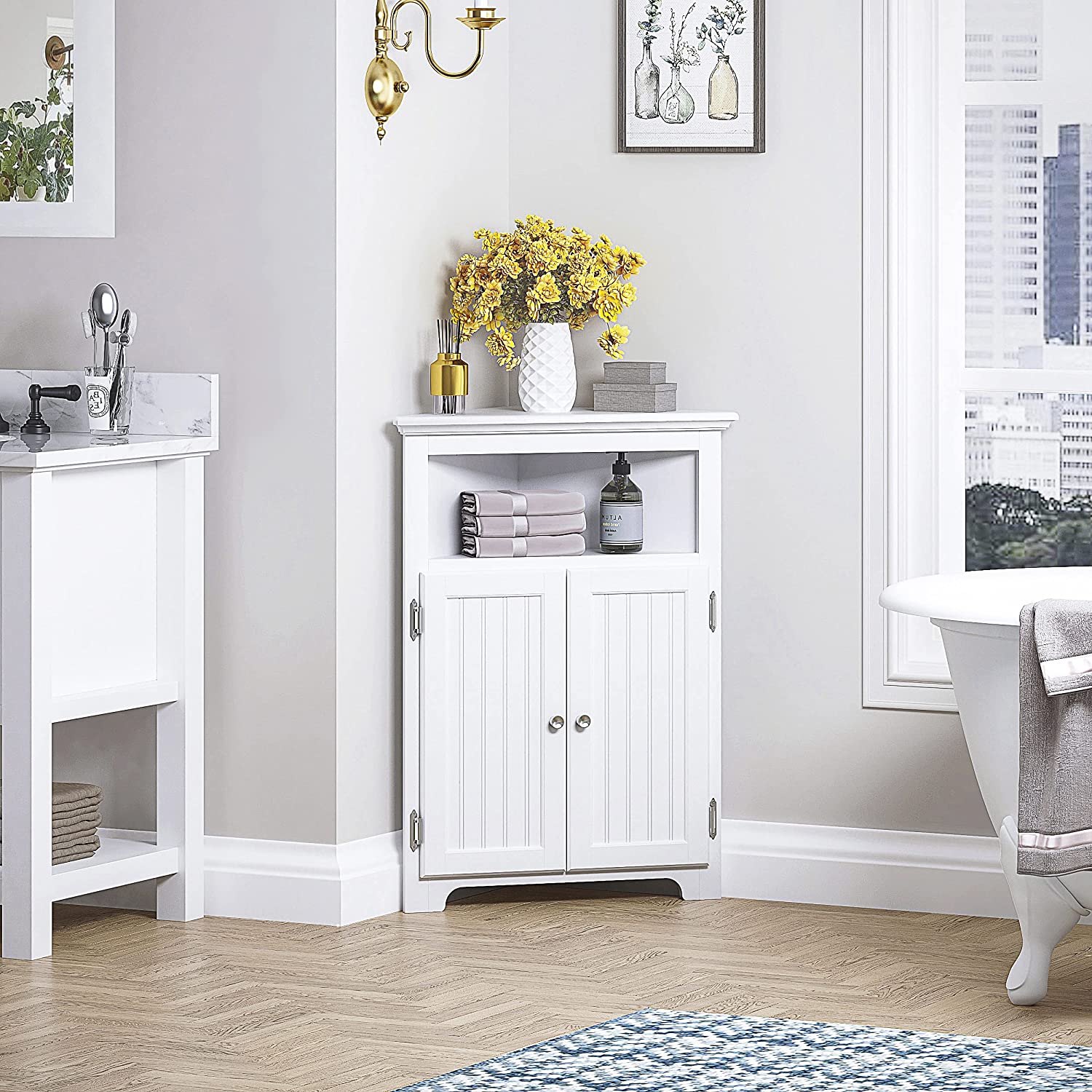

Articles
How To Build A Corner Cabinet
Modified: March 1, 2024
Learn how to build a stylish corner cabinet for your interior design project. Discover expert tips and techniques for creating functional and visually appealing storage solutions.
(Many of the links in this article redirect to a specific reviewed product. Your purchase of these products through affiliate links helps to generate commission for Storables.com, at no extra cost. Learn more)
Introduction
Welcome to this comprehensive guide on how to build a corner cabinet. A corner cabinet is not only a practical storage solution but also a great way to optimize space in your home. Whether you’re a seasoned DIY enthusiast or a beginner looking to tackle a new project, this step-by-step tutorial will guide you through the process of creating your own corner cabinet.
Building a corner cabinet may seem daunting at first, but with the right measurements, materials, and tools, you can achieve professional-looking results. This project will require some basic carpentry skills and a few hours of your time, but the end result will be a beautiful and functional addition to your space.
Before we dive into the details, let’s go over the materials and tools you’ll need for this project.
Key Takeaways:
- Building a corner cabinet requires precise measurements, accurate cutting, and careful assembly. With the right materials and tools, you can create a functional and stylish storage solution for your home.
- By following this step-by-step guide, you not only save money but also gain the satisfaction of creating a customized corner cabinet that enhances the aesthetics and functionality of your space. Happy woodworking!
Read more: How To Build A Corner Pantry Cabinet
Materials and Tools Needed
Before you begin building your corner cabinet, gather the following materials and tools:
Materials:
- Plywood or MDF sheets
- Wood screws
- Wood glue
- Cabinet hinges
- Cabinet handles
- Sandpaper
- Wood stain or paint
- Paintbrush
Tools:
- Tape measure
- Pencil
- Circular saw or table saw
- Drill
- Screwdriver
- Clamps
- Sanding block or electric sander
- Paint roller or sprayer (optional)
These materials and tools are essential for successfully completing your corner cabinet project. It’s important to gather everything beforehand to ensure a smooth and efficient building process.
Once you have all the necessary materials and tools, you’re ready to move on to the next step: measuring and planning.
Step 1: Measuring and Planning
The first step in building a corner cabinet is to accurately measure the space where the cabinet will be placed. This is important to ensure that your cabinet fits perfectly and optimizes the available space. Follow these steps:
- Measure the height, width, and depth of the corner where you intend to install the cabinet. Take precise measurements and note them down.
- Consider any obstacles or obstructions, such as electrical outlets or pipes, that may affect the dimensions or placement of the cabinet. Make sure to account for these in your measurements.
- Sketch a rough diagram of the cabinet, including the dimensions you just measured. This will be your guide throughout the construction process.
- Decide on the design and style of your corner cabinet. You can choose from various options, such as a simple open shelf design or a cabinet with doors.
By taking accurate measurements and planning ahead, you’ll have a clear vision of how your corner cabinet will look and function. This will make the construction process much smoother.
Once you have completed the measuring and planning stage, it’s time to move on to the next step: cutting the wood panels.
Read more: How To Measure For A Corner Cabinet
Step 2: Cutting the Wood Panels
Now that you have your measurements and design in place, it’s time to cut the wood panels for your corner cabinet. Follow these steps:
- Using your measured dimensions, mark and measure the required cuts on the plywood or MDF sheets. Ensure the panels are cut accurately to match the dimensions of your design.
- Set up your circular saw or table saw with the appropriate blade for cutting plywood or MDF. Double-check the blade height and angle to ensure clean and precise cuts.
- Set the wood panels on a stable work surface and secure them with clamps. This will prevent them from shifting during the cutting process.
- Carefully guide the saw along the marked lines, applying even pressure to achieve smooth and straight cuts. Take your time and ensure your safety while operating the saw.
- Repeat this process for all the necessary wood panels, including the sides, shelves, and backing of the cabinet.
Remember to wear appropriate safety gear, such as protective goggles and gloves, when working with power tools. This will help prevent accidents and injuries.
Once all the wood panels are cut, you’re ready to proceed to the next step: assembling the cabinet frame.
Step 3: Assembling the Cabinet Frame
With the wood panels cut to size, it’s time to assemble the frame of your corner cabinet. Follow these steps:
- Start by laying out the bottom panel and attaching the sides to it. Apply a thin line of wood glue along the edges where the panels will join.
- Secure the panels together using wood screws. Pre-drill pilot holes to prevent the wood from splitting, then drive the screws in using a drill or screwdriver.
- Repeat this process for the remaining panels, attaching the shelves and dividers to the sides to create the desired number of storage compartments.
- Ensure that all the panels are level and square as you assemble the cabinet frame.
- Use clamps to hold the panels in place while the glue dries, and wipe off any excess glue with a damp cloth.
As you assemble the cabinet frame, periodically check for accuracy and make any necessary adjustments. It’s important to ensure the frame is sturdy and well-aligned before moving on to the next step.
Once your cabinet frame is assembled, it’s time to move on to the next step: installing shelves and dividers.
Step 4: Installing Shelves and Dividers
With the cabinet frame assembled, it’s time to install the shelves and dividers to create the storage compartments for your corner cabinet. Follow these steps:
- Measure and mark the desired heights for each shelf and divider within the cabinet frame.
- Using a tape measure, position the shelves and dividers accordingly and use a level to ensure they are straight and even.
- Apply wood glue along the edges of each shelf and divider before placing them into the designated positions within the cabinet frame.
- Secure the shelves and dividers in place with wood screws, making sure to pre-drill pilot holes to prevent splitting.
- Double-check that everything is level and properly aligned before proceeding.
Installing shelves and dividers will not only provide structure and stability to your cabinet but also maximize the storage space available. Take your time during this step to ensure a precise fit and a sturdy construction.
Once the shelves and dividers are securely in place, you’re ready to move on to the next step: attaching the cabinet door.
When building a corner cabinet, ensure that the dimensions are accurate and that the cabinet is securely anchored to the wall to prevent tipping. Use a level to ensure the cabinet is installed straight and evenly.
Step 5: Attaching the Cabinet Door
Attaching the cabinet door is an important step to complete the functionality and aesthetics of your corner cabinet. Follow these steps:
- Measure and mark the desired position of the cabinet door on the front of your cabinet frame.
- Choose the appropriate cabinet hinges for your door and cabinet frame. Position the hinges on the door and frame, marking the screw holes.
- Pre-drill holes for the screws, ensuring they are aligned with the marked positions.
- Attach the hinges to the cabinet door and frame using the screws.
- Check that the door swings smoothly and aligns flush with the cabinet frame when closed.
- If desired, install cabinet handles or knobs onto the door for easy opening and closing. Measure and mark the position for the handles, then attach them using screws.
By securely attaching the cabinet door and adding handles, you can enjoy easy access to your corner cabinet and enhance its visual appeal.
Once the door is properly attached, it’s time to move on to the next step: sanding and finishing.
Read more: How To Organize Kitchen Corner Cabinets
Step 6: Sanding and Finishing
Now that the construction of your corner cabinet is complete, it’s time to sand and finish the surfaces for a polished and professional look. Follow these steps:
- Start by using coarse-grit sandpaper to smooth out any rough edges or uneven surfaces on the cabinet.
- Gradually move to finer-grit sandpaper to achieve a smoother finish, focusing on the visible areas of the cabinet.
- Wipe off any dust or debris with a clean, damp cloth.
- If you plan to stain your cabinet, apply the stain evenly to the surfaces using a paintbrush or cloth. Follow the manufacturer’s instructions for drying time.
- If you prefer a painted finish, apply a coat of primer to the cabinet, let it dry, and then paint it with your chosen color. Apply multiple coats if necessary, allowing each coat to dry before applying the next.
- Once the stain or paint has dried, apply a clear sealant or varnish to protect the wood and provide a glossy or matte finish. Follow the manufacturer’s instructions for the drying time between coats.
Remember to work in a well-ventilated area and protect yourself with appropriate safety gear, such as a mask and gloves, during the sanding and finishing process.
With the cabinet now sanded, stained or painted, and sealed, you’re ready for the final step: mounting the cabinet.
Step 7: Mounting the Cabinet
Once you have completed the construction, sanding, and finishing of your corner cabinet, it’s time to mount it in its designated space. Follow these steps:
- Using a stud finder, locate and mark the studs on the wall where you plan to mount the cabinet.
- Measure and mark the desired height for the cabinet, ensuring it is level with adjacent surfaces.
- Position the cabinet in the marked location, making sure it aligns with the marked studs.
- With the assistance of a partner, hold the cabinet in place while you screw through the back panel and into the wall studs using wood screws.
- Check that the cabinet is securely mounted and level.
- Ensure that any gaps between the cabinet and surrounding walls are even and visually appealing. Use trim or molding to cover any gaps if necessary.
By securely mounting your corner cabinet, you can enjoy its functionality and beauty for years to come.
Congratulations! You have successfully built and mounted your own corner cabinet. It’s now ready to be utilized for storage or display in your home.
Remember to double-check the stability and security of the cabinet periodically, tightening any screws or making adjustments as needed.
Thank you for following this step-by-step guide on how to build a corner cabinet. Enjoy the satisfaction of a project well done and the functionality it brings to your space.
Happy woodworking!
Conclusion
Congratulations on completing your corner cabinet! By following this step-by-step guide, you’ve acquired the skills and knowledge to build a practical and stylish storage solution for any corner of your home.
Throughout the construction process, you measured and planned, cut and assembled, installed and finished, ultimately creating a customized cabinet that fits perfectly into your space. The end result is a beautiful and functional addition that enhances both the aesthetics and functionality of your home.
By building your own corner cabinet, you not only saved money compared to purchasing a pre-made one, but you also gained the satisfaction of creating something with your own hands. Plus, you have the ability to customize it to suit your specific needs and personal style.
Remember to take proper care of your cabinet by periodically checking for any signs of wear or damage. Perform any necessary repairs or refinishing to ensure its longevity.
Whether you use your corner cabinet for displaying decorative items, storing kitchen essentials, or organizing personal belongings, it will undoubtedly serve as a valuable addition to your home.
Thank you for taking the time to follow this guide. We hope you found it helpful and enjoyable. Now, go ahead and enjoy the functionality and beauty of your newly built corner cabinet!
Frequently Asked Questions about How To Build A Corner Cabinet
Was this page helpful?
At Storables.com, we guarantee accurate and reliable information. Our content, validated by Expert Board Contributors, is crafted following stringent Editorial Policies. We're committed to providing you with well-researched, expert-backed insights for all your informational needs.
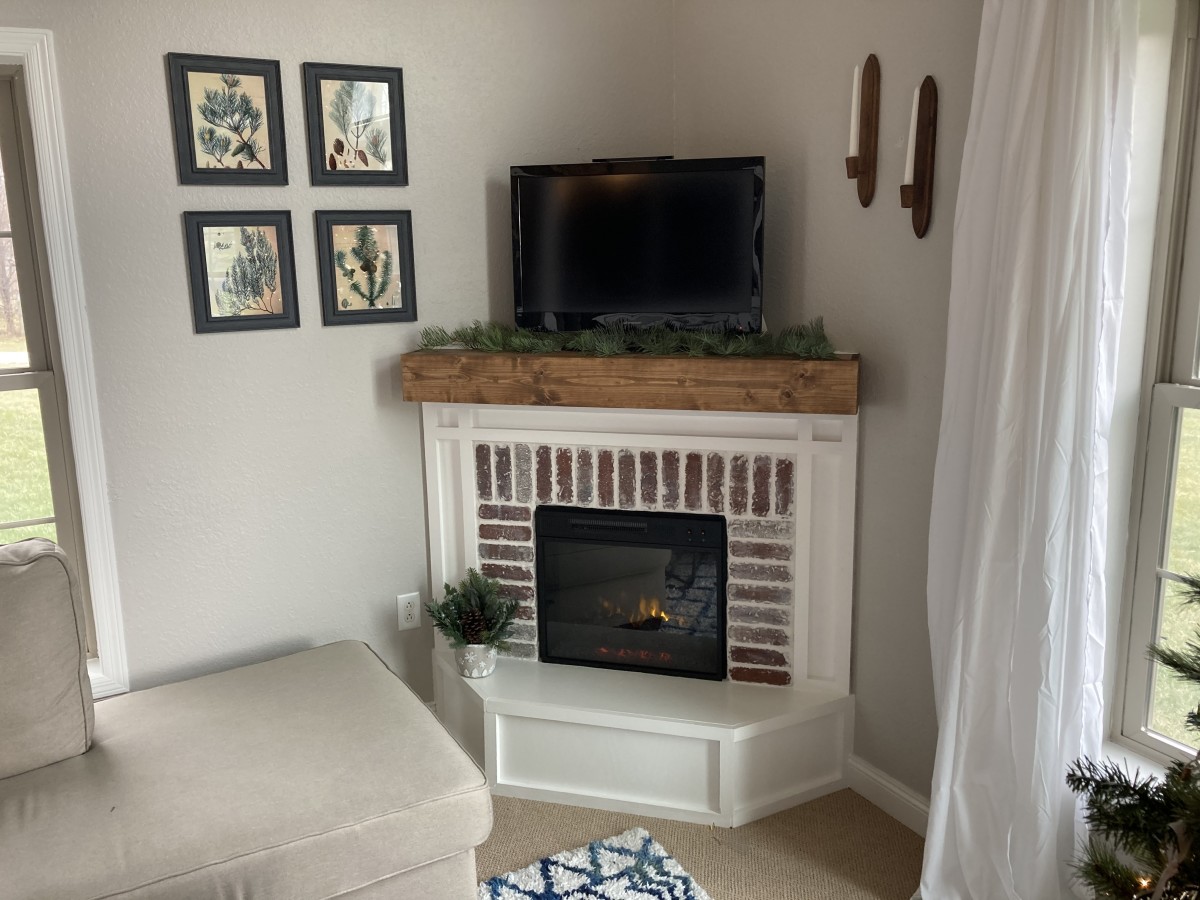
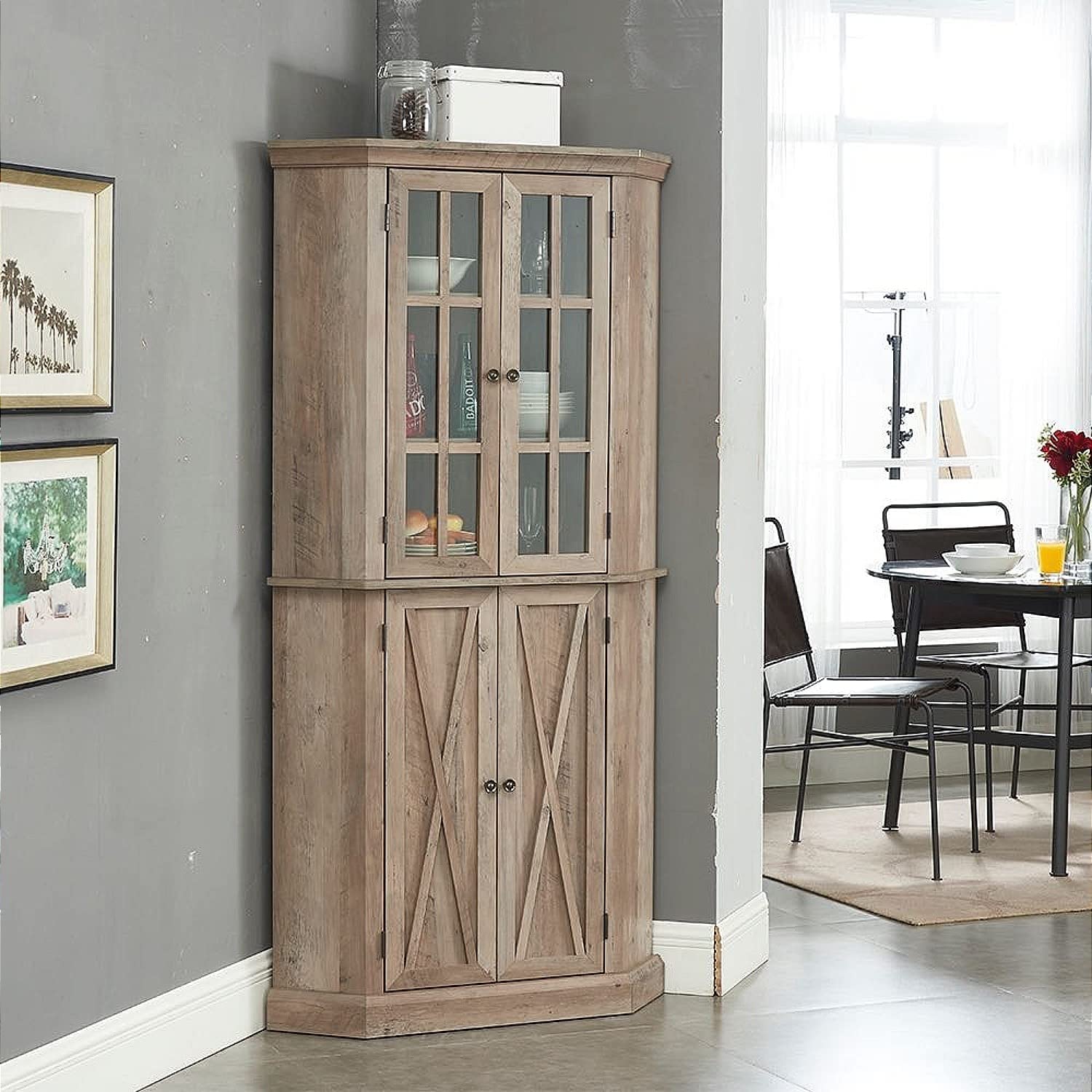
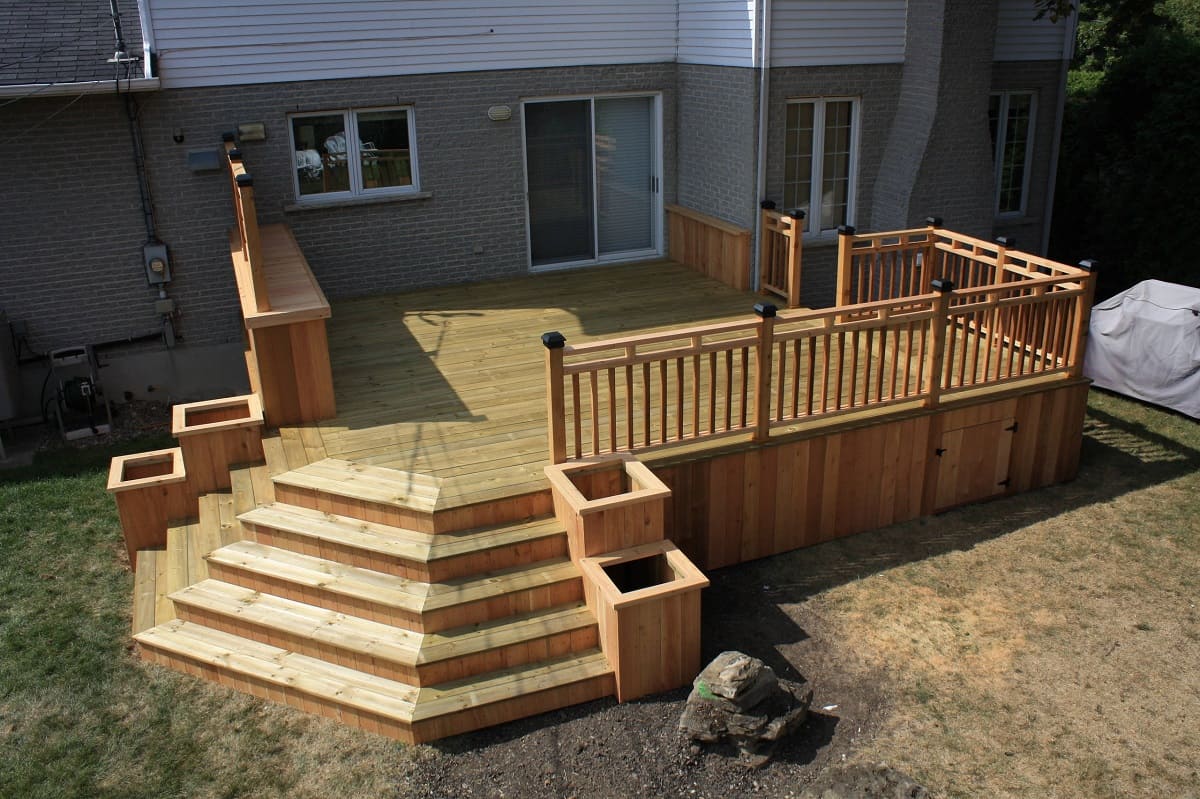
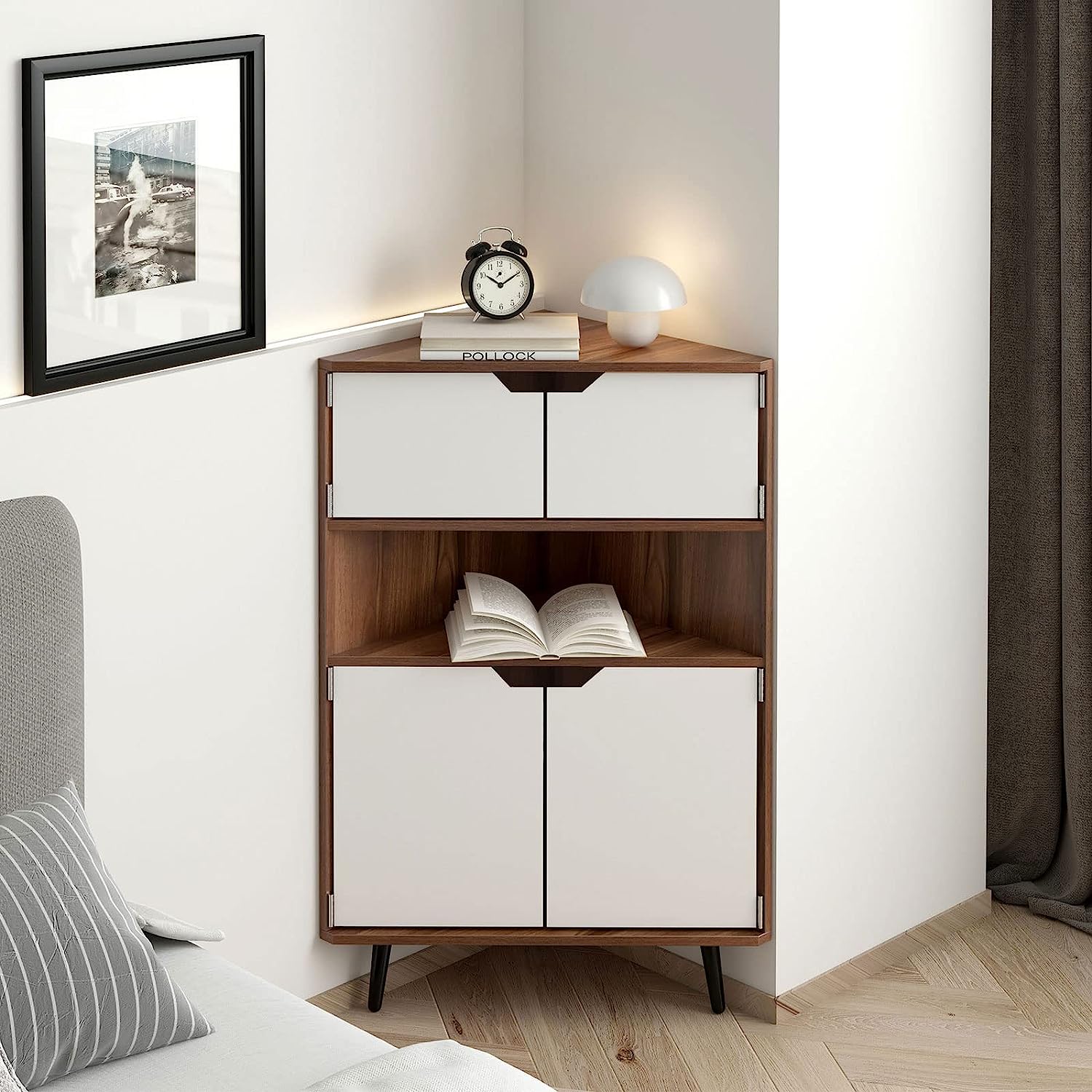
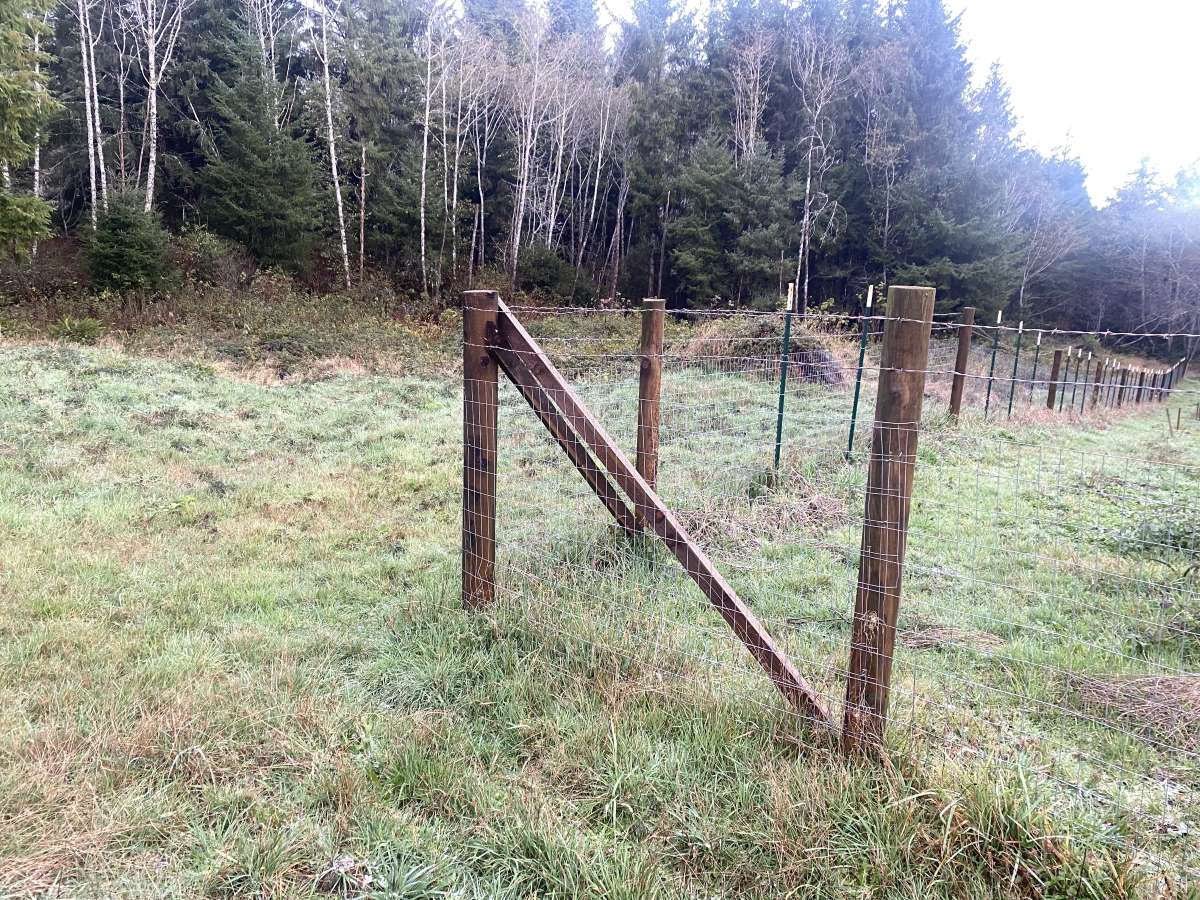
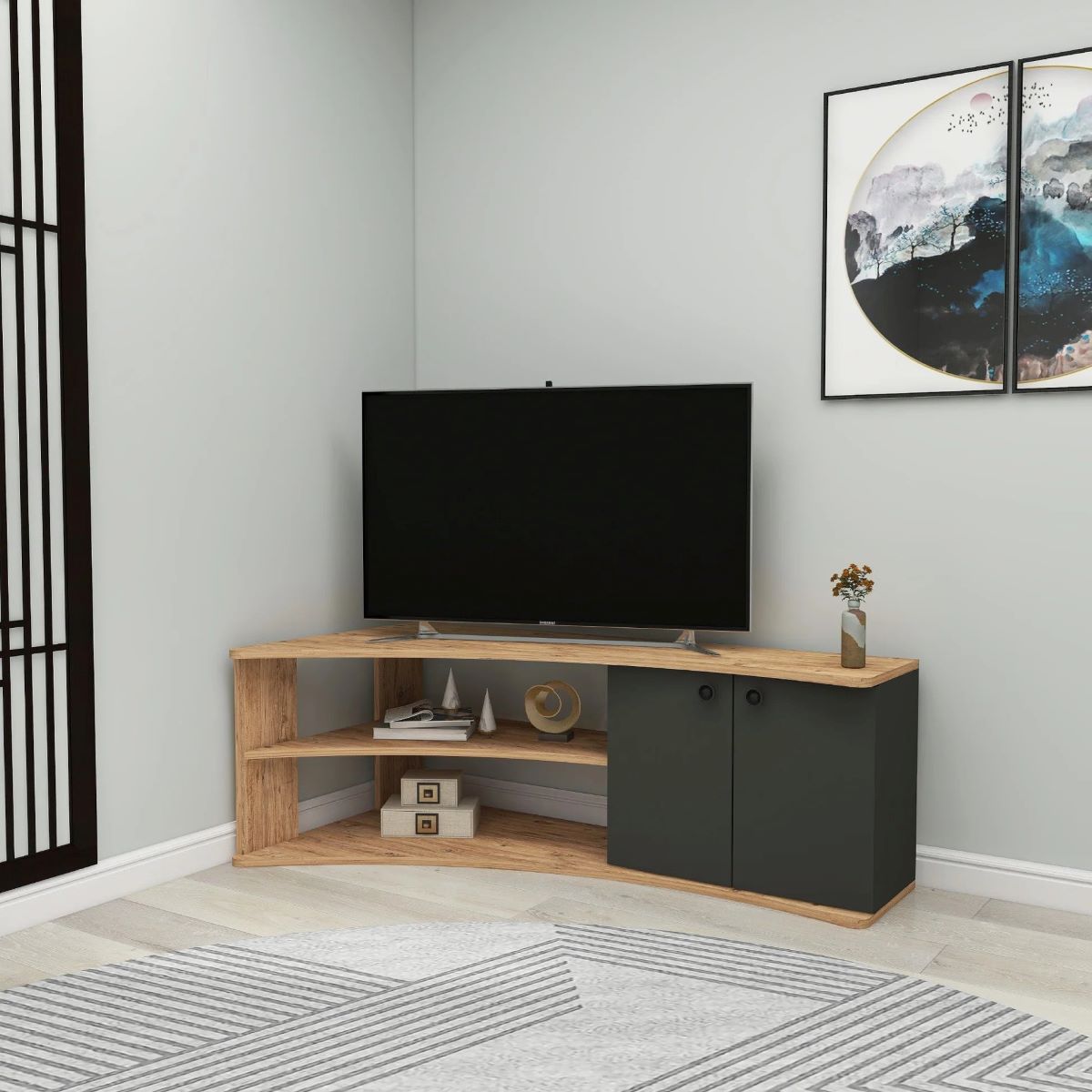
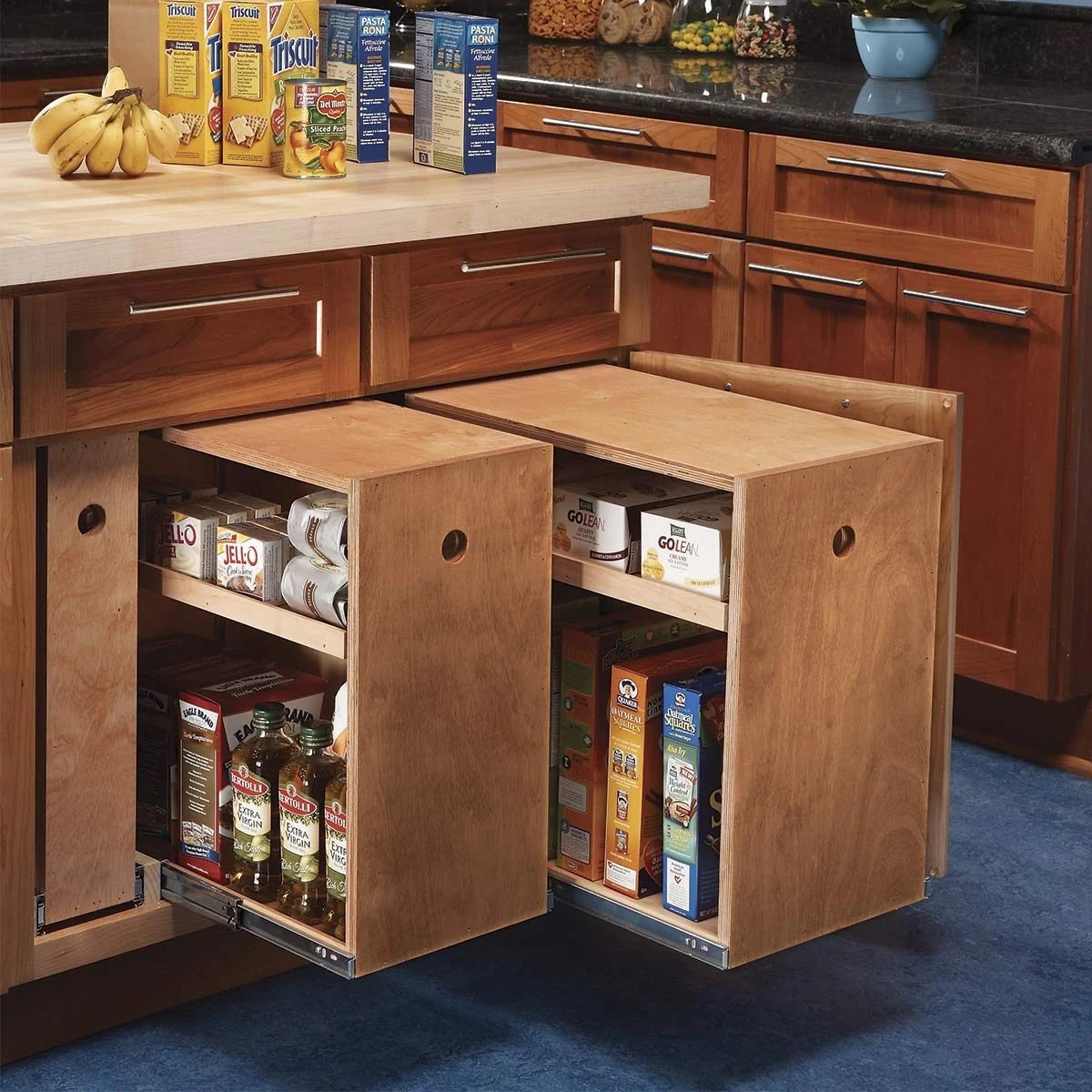
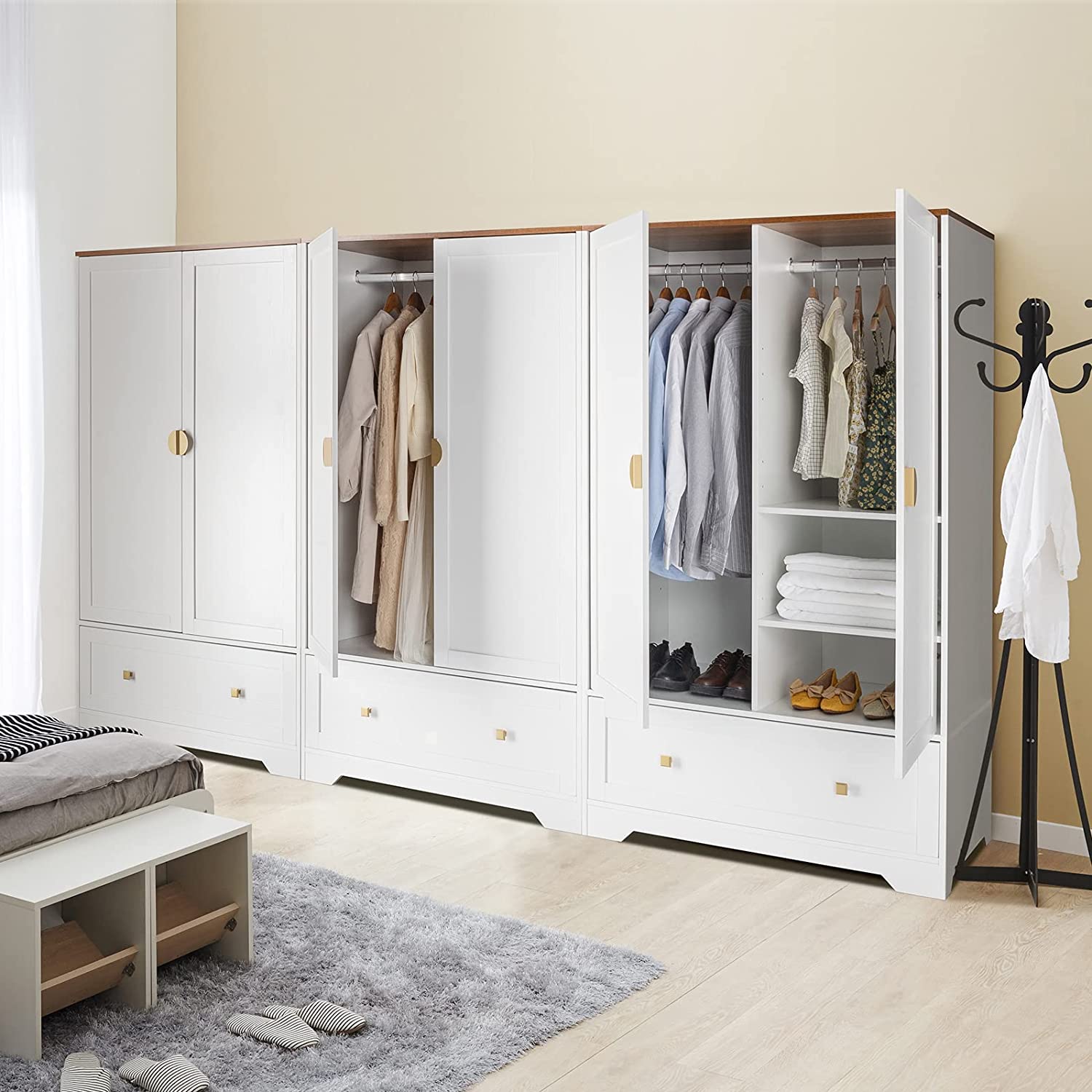
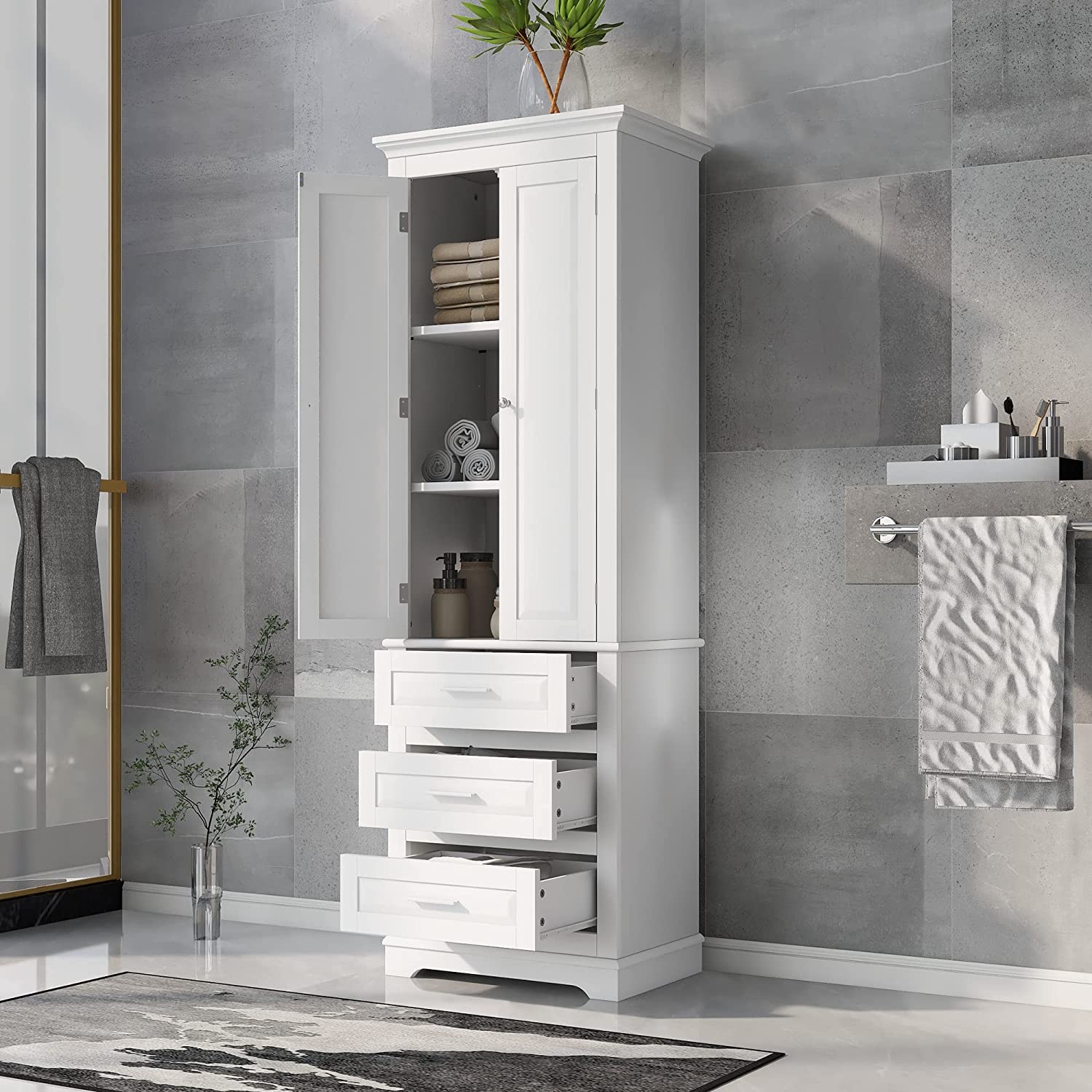
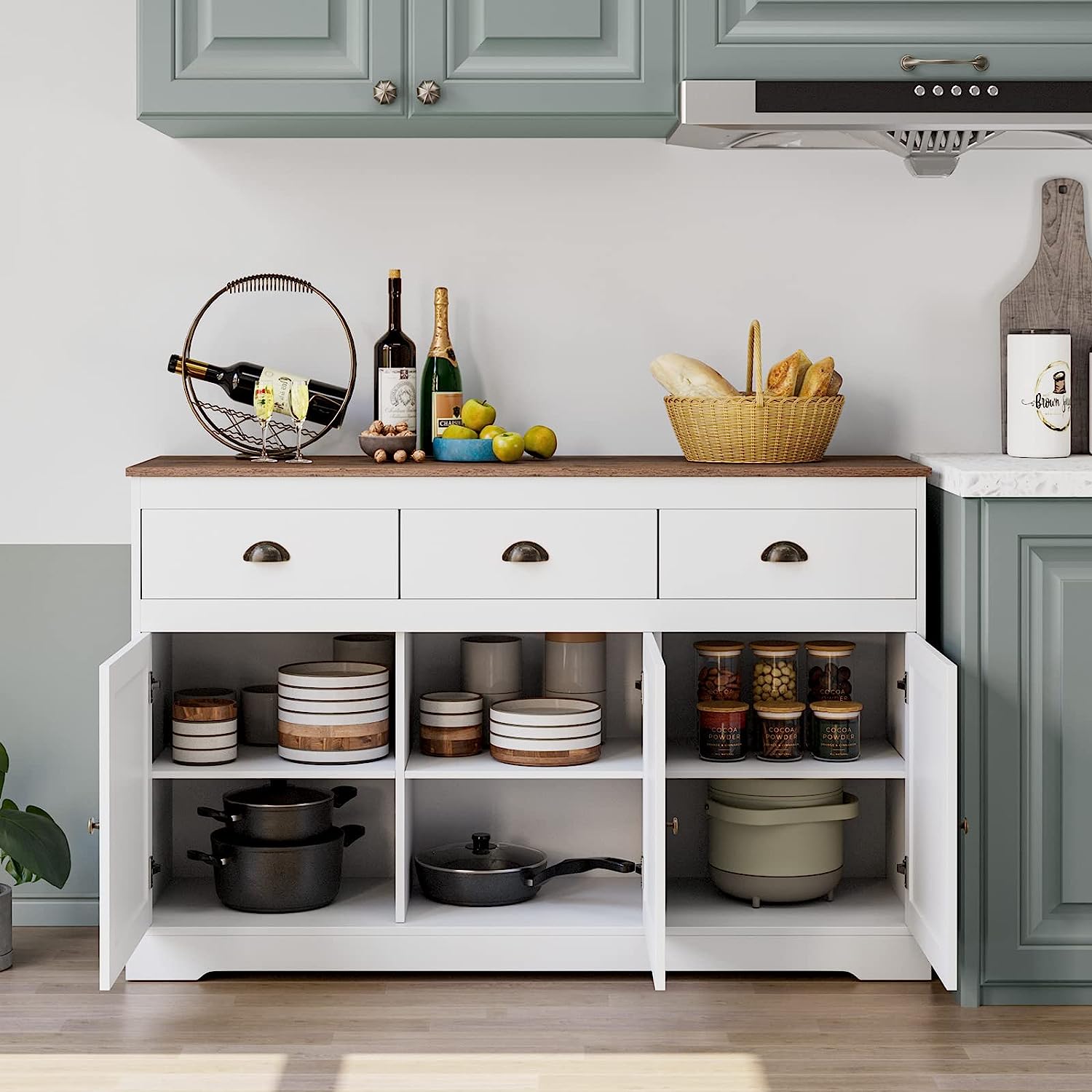
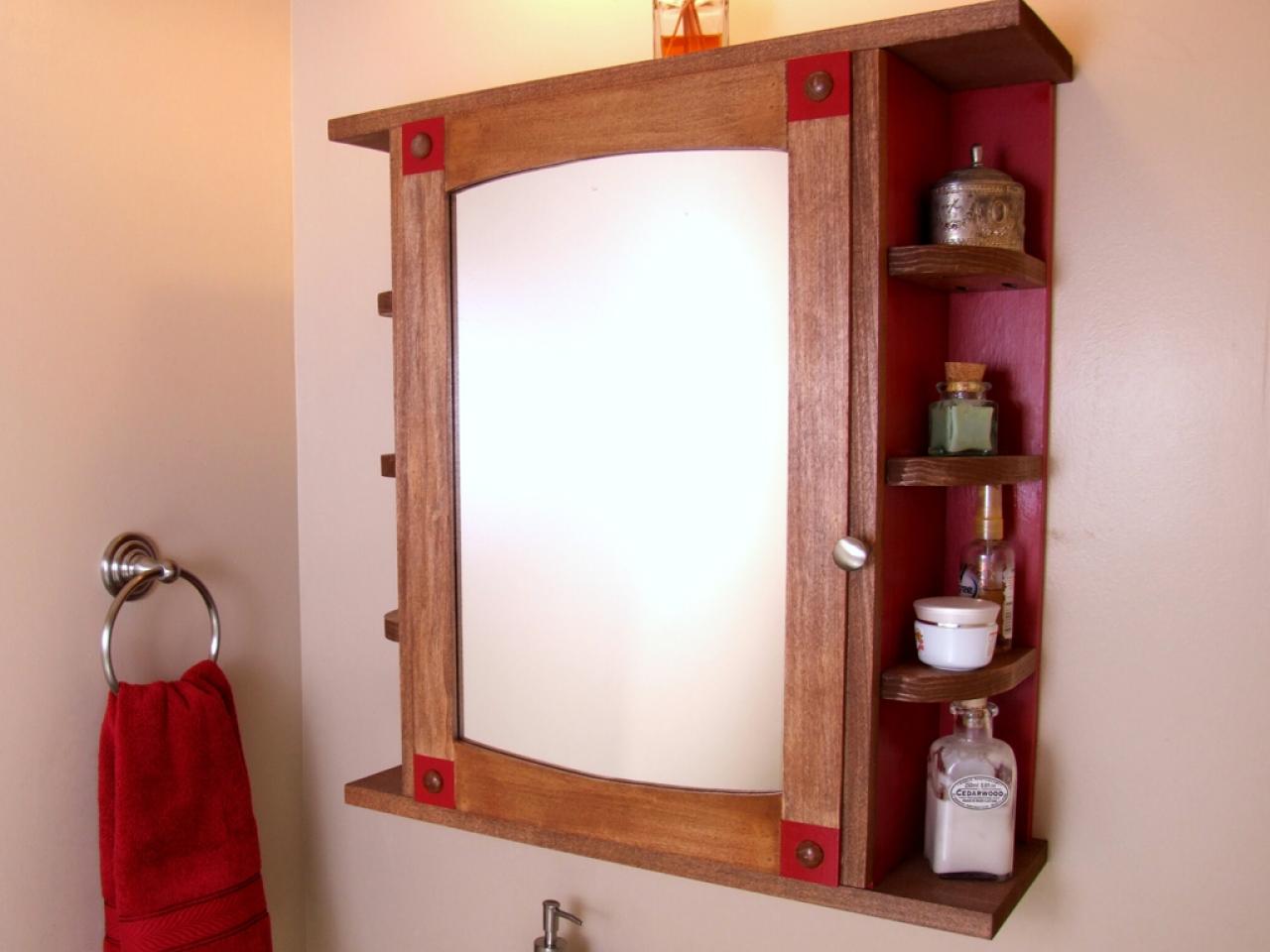
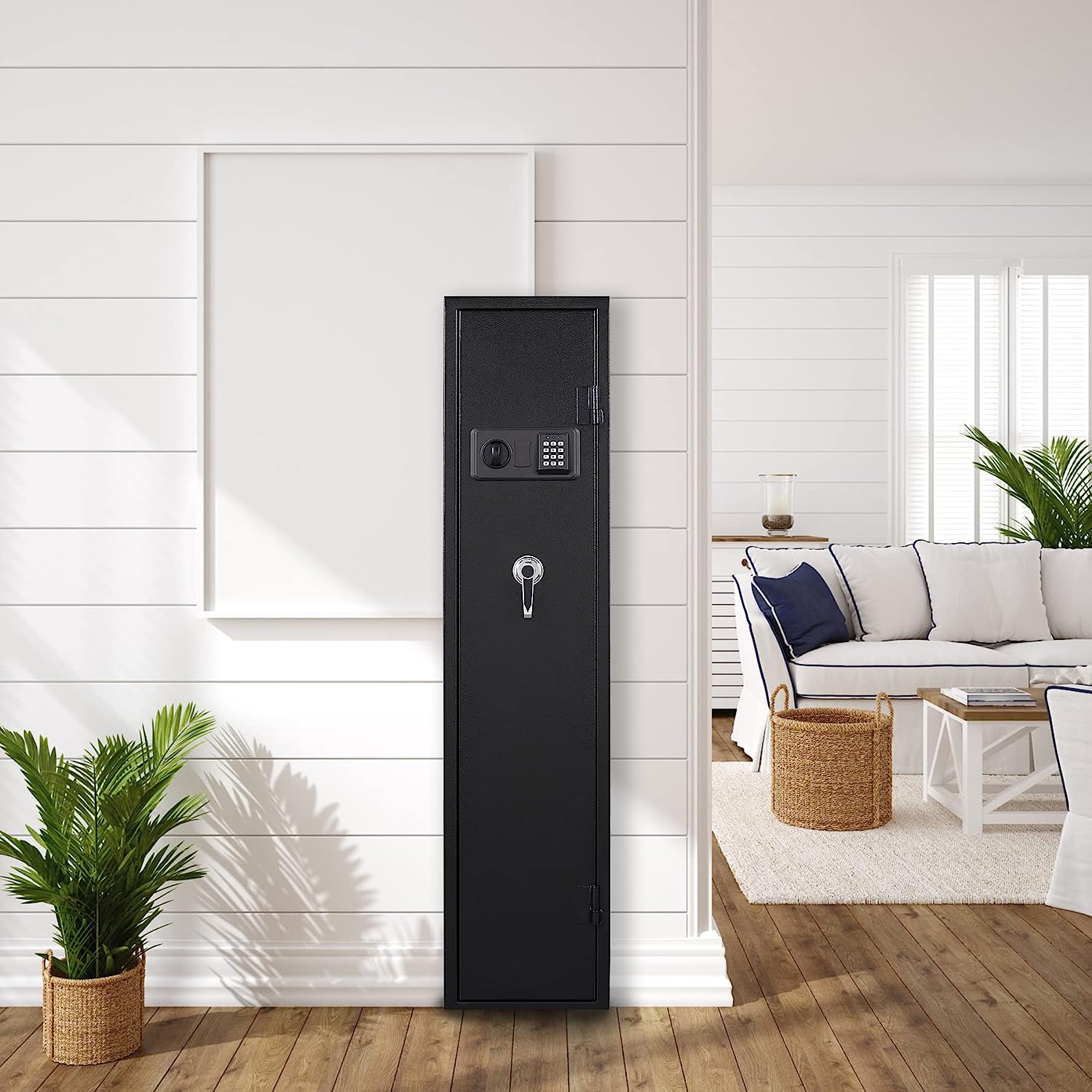
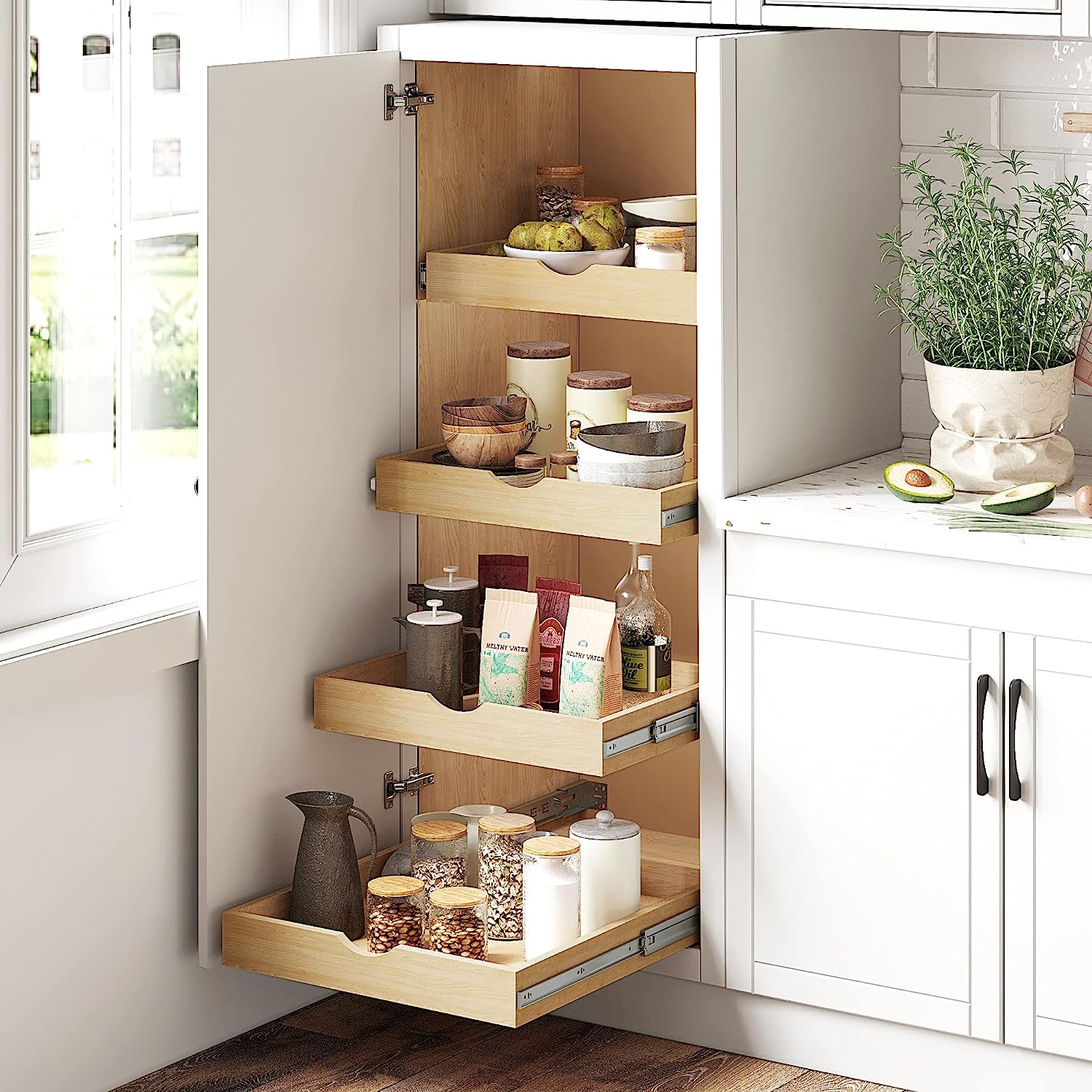

0 thoughts on “How To Build A Corner Cabinet”